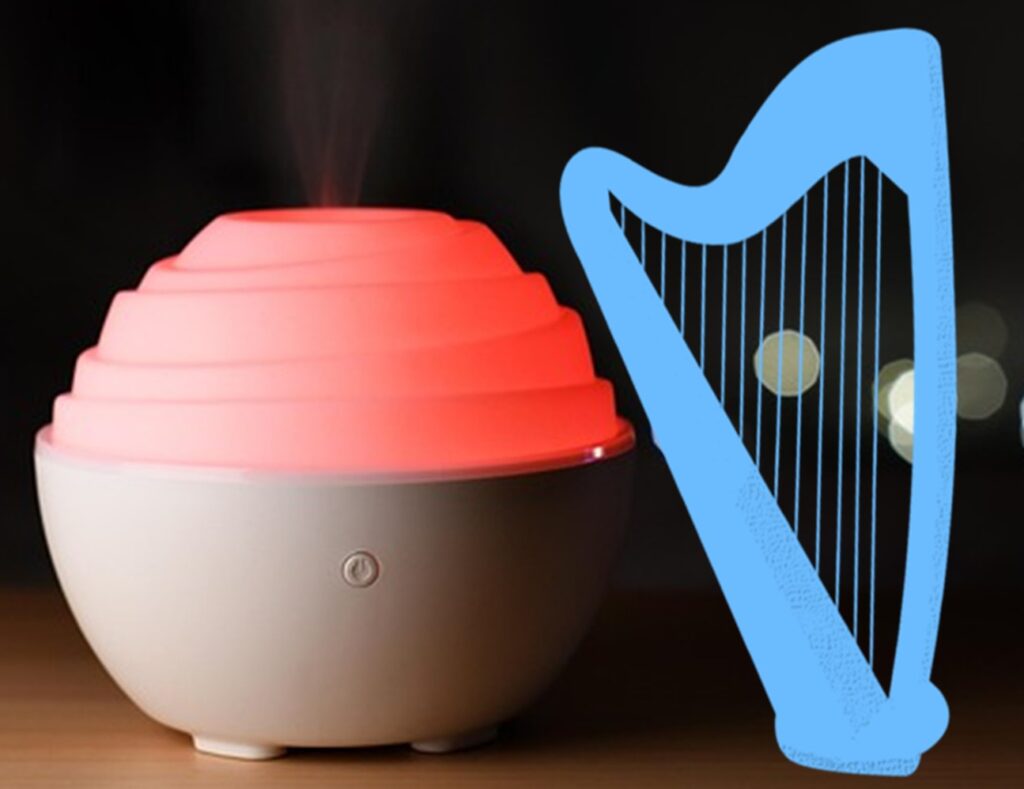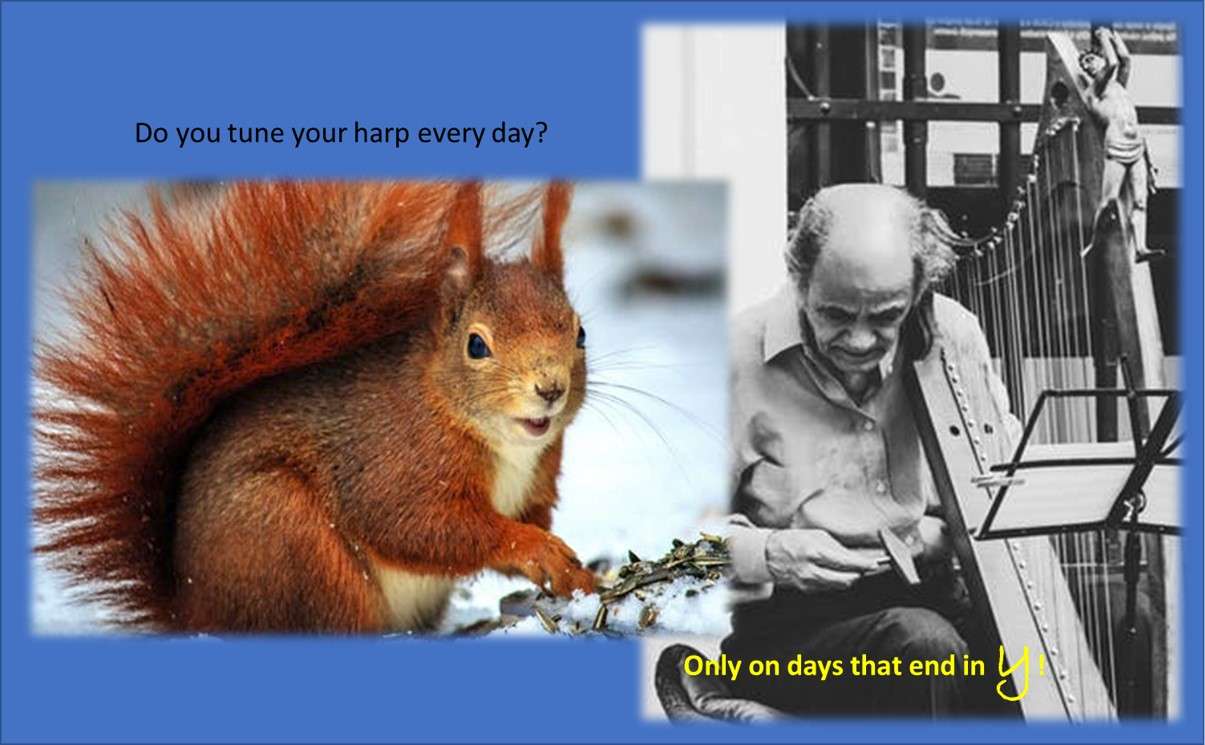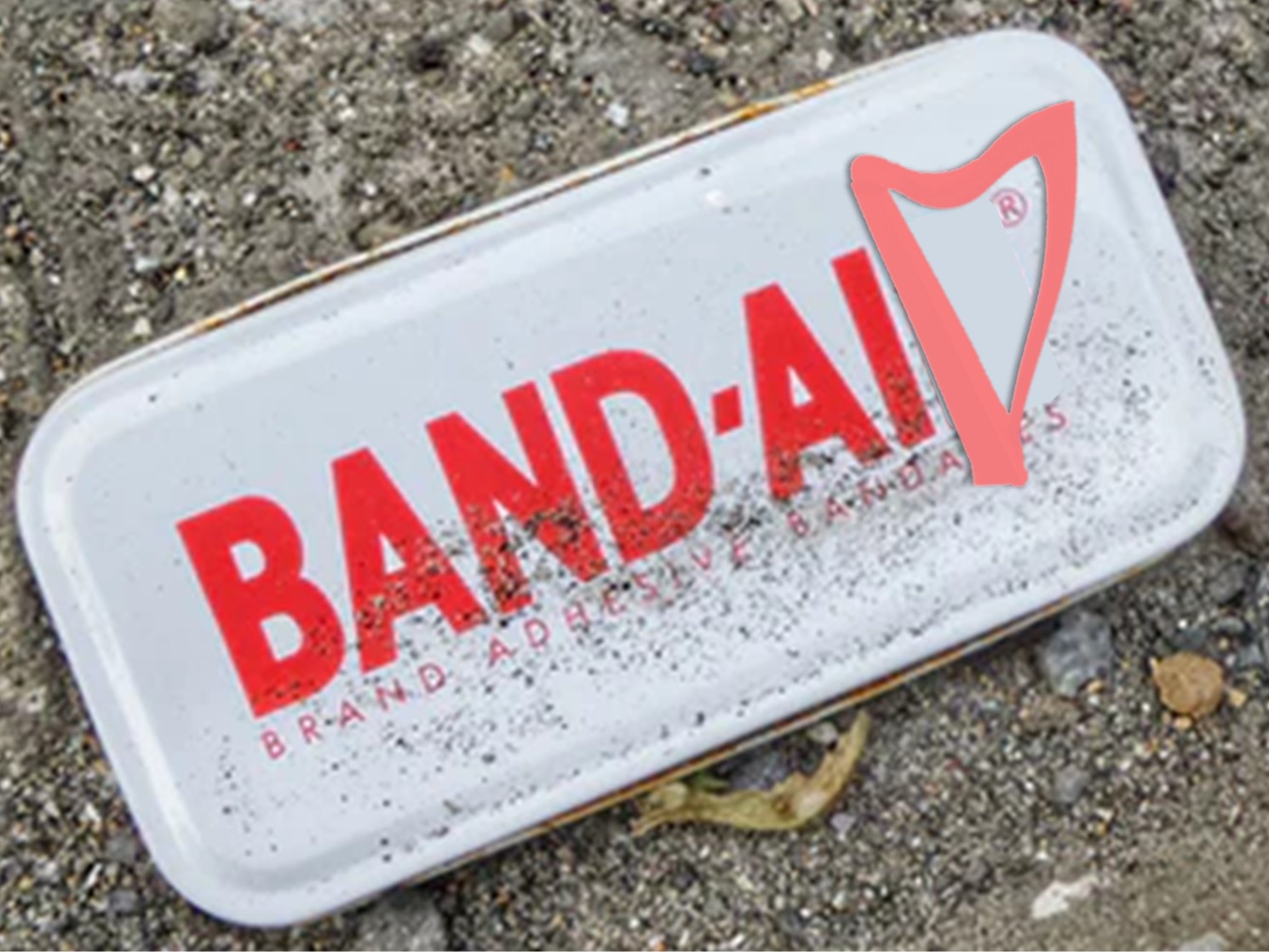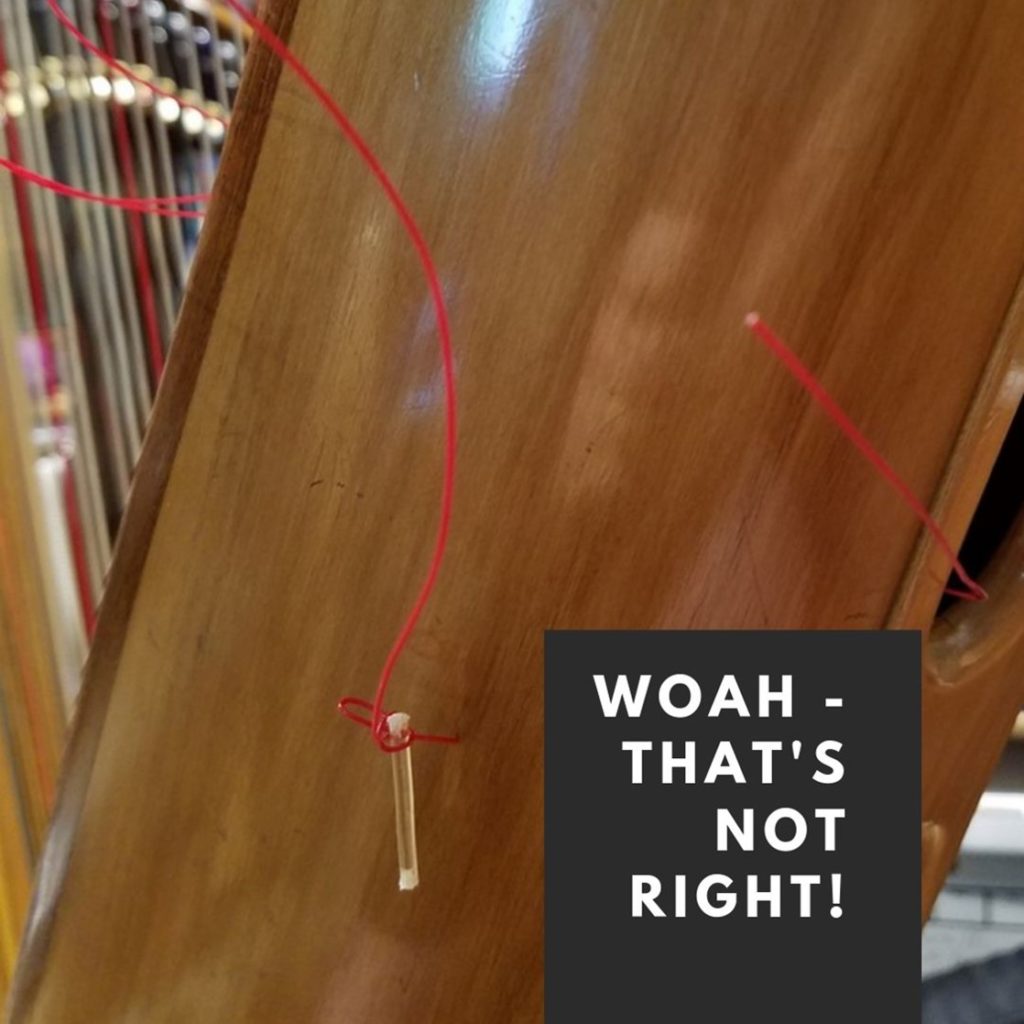I am sitting in the middle of a construction zone. No really – ask my students who have been patiently waiting as the work is ongoing. My house had a little uh-oh and this is correcting that.
But the saving grace has been one of those back of the mind, cod liver oil-esque, don’t-want-to-think-about-it things – insurance. Which got me to thinking –
Is your harp insured?!

I am always amazed at the number of people I talk to who do not carry insurance on their beloved instruments! And all I can think of at that point in the conversation is, “WHY???????”
We all know that harps are expensive. And that’s true whether you’re playing a Harpsicle, a Dusty (my fav, but you already knew that), a Lyon and Healy, or any harp really. And don’t be snobby – just because you’re playing Salvi Victoria Gold doesn’t change the fact that for some, a Waring is the only affordable option. No matter who you are, or what your harp is, you should have it insured!
What we do know is that if something were to happen to our harps, we’d be deeply affected. Possibly devastated. And if we needed to replace our harp, we might be hard pressed to scrape together the cash. I know people who have lost harps to unthinkable things like auto accidents, theft, and weather. It is crushing (literally!) and heartbreaking.
So, if we ensure our homes, our cars, and our “valuable personal property” (VPP) – why wouldn’t we insure our harps? Think it’s too expensive? Ha! Think about how much the body shop wanted for that fender bender you were in. Or ask me how much it is costing to repair my home after a minor disaster. The short answer is – lots! Insurance is a small wager we make with a bunch of applied statisticians – one we are both (us and the insurers) hoping will not need to pay off. But if it’s going to pay off when needed, we have to be in the game!
How do you insure your harp? There are two easy paths – Homeowners insurance or Specialty insurance.
Homeowners insurance – you may be able to add your beautiful harp to an existing homeowners (or renters) insurance policy. Pay attention though – some homeowners insurance will not cover your instrument at all, and some have stringent value restrictions that may not support the value of your harp.
You may be able to add a VPP which is a rider that allows you to insure things that have extraordinarily high value within the auspices of your home owners or renter’s policy (valuable like your harp). Again, pay attention to the coverage limits for both value and activity. Don’t think fudging this information will be a good idea. If your VPP states that your instrument cannot leave your house, it will not be covered if you have it with you in an auto accident or if it breaks when you trip carrying it to your neighbor’s house for a party.
Putting your harp on your homeowner’s insurance is best for those of you who are beginning and/or those who only have one harp (or maybe two) and play primarily for your own pleasure.
If you have many harps, are gigging (whether you consider yourself to be a pro or not), travel with your harp a lot, or are teaching, you are likely not going to be able to use homeowner’s insurance. This includes those of you who play regularly at church, a local care home, or something like that (even if you play for free). You will need to get Specialty (“real”) instrument insurance. There are a variety of places to go for this – often affiliated with a professional organization. You already know from health insurance that this means you will be getting a “group rate” so it may be more affordable. And because it’s specialist insurance, they are more familiar with the sorts of things you will encounter when you leave your house with your harp in tow!
Since you’re going to ask, I carry harp insurance through Anderson Musical Instrument insurance. Now, this is not an endorsement, but 1. that is who I use, 2. they are the insurance endorsed by both the American Harp Society and the International Society of Folk Harpers and Craftsmen. Are they the only game in town? No, but when two big harp organizations go with them, I’m in. You do need to be a member of one or the other (but you probably should be anyway – early in my harp life, I got insurance as a member of a ISFHC chapter). If you are a member of American String Teachers Association, they use Huntington T. Block Insurance Agency, Inc. I don’t know anything about them, but there you have it, they are an option. I’m sure they’re a good insurer, but will they take on a harp as well? If you know, share so I can learn something.
No matter what kind of insurance you’re buying, things you should have on hand before you sign up include photos of your harp (get shots of the neck, the pillar, the soundboard, and the whole harp) and a bill of sale or a letter of valuation which let’s the insurance company assess the value and condition of your harp and determine it’s coverage. As I said above, do not guess or josh around with the true value of your harp when you’re talking with them – underplaying the value of your harp might reduce your premiums, but you’ll be crying if you’re underinsured!
If you are insuring harps you rent out, you need much more info (enough that I decided I didn’t want to play that game). Don’t rent out harps without insurance unless you’re wealthy enough to lose all of them and laugh about it.
So now I have ensured you know loads about insurance. I’m sure I’ve forgotten something. Do you have insurance with someone else? Have you had a good (or poor) interaction with them? Anything else that might help others insure well? Let me know in the comments!
Comments
Kate said: Oh yes, my harps had excellent coverage! I didn’t read all of your note, but the instruments need to be insured for Replacement value. it’ll be a rider on your homeowners.
Great point Kate – You do need to insure for the replacement value. I mentioned that you’ll need a bill of sale or letter of valuation from a luthier which documents that replacement value.
Robin let me know that the link in the email to send a comment isn’t working. If you’re having that same problem, try clearing the cache. And if that doesn’t work – just follow the instructions in the email to reach out or use the form here








